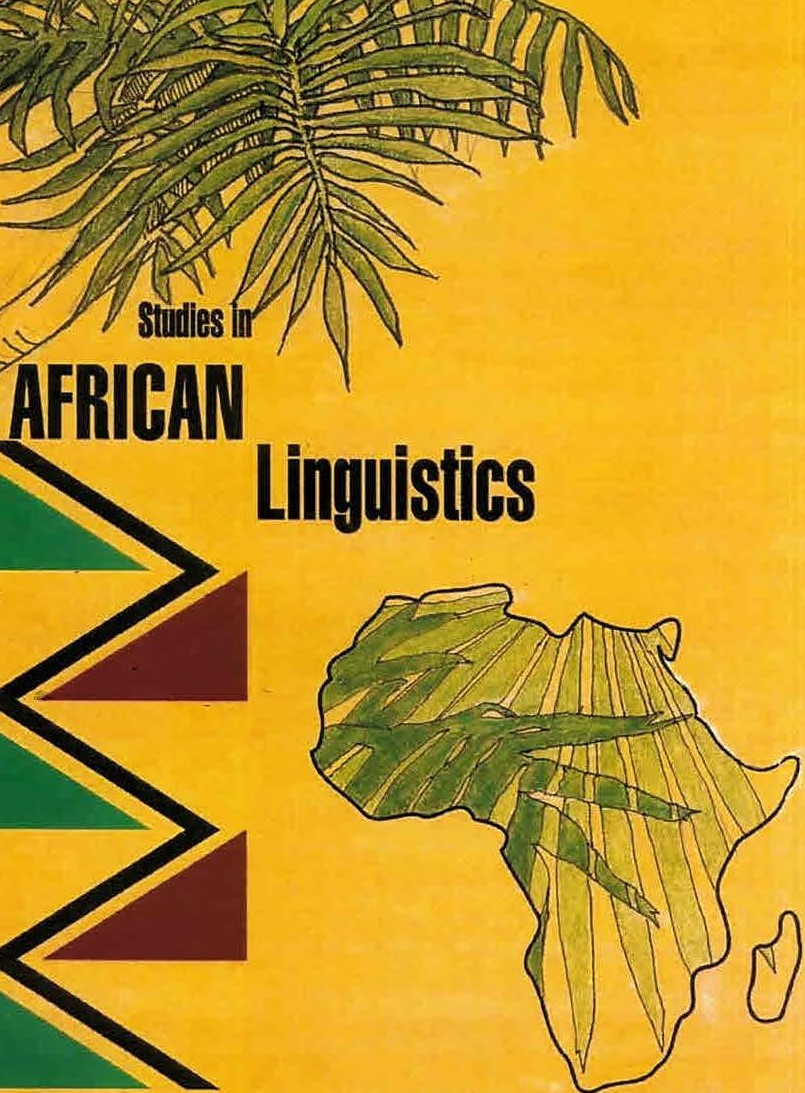The map of ti in Kituba - testing and expanding the typological model of the polysemy of conjunctive coordinators
DOI:
https://doi.org/10.32473/sal.v48i1.114931Keywords:
Cognitive linguistics, semantic maps, grammaticalization, conjunctive coordination, BantuAbstract
The present article analyzes the polysemy of the element ti in Kituba from the perspective of cognitive linguistics, by applying the framework of dynamic semantic maps and waves. The qualitative and quantitative corpus study, enhanced by evidence provided by Kituba native speakers, demonstrates the following: although ti spans most parts of the typological map of the polysemy of conjunctive coordinators, its center of prototypicality is located in the initial stage (comitative) and two intermediate stages (possessive and certain types of coordinate-hood) available along the grammaticalization pathway underlying the map. This suggests a semi-advanced grammaticalization profile for ti. The study also proposes certain changes in the typological map of the polysemy of conjunctive coordinators, postulating new components of the map (or grammaticalization stages), and alternative linking directions. Additionally, a possible manner of introducing quantitative data (related to prototypicality) to the qualitative map of polysemy is presented. The resulting model is argued to exhibit properties typical of complexity: structural intricacy, gradience, fuzziness, and multi-causality.


